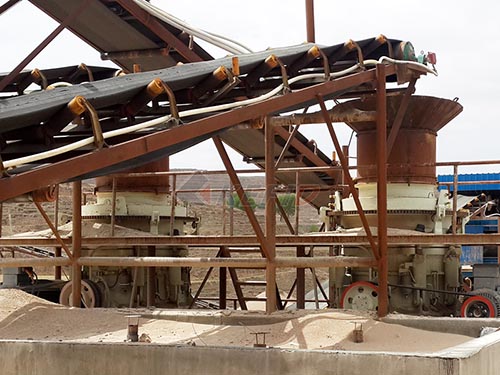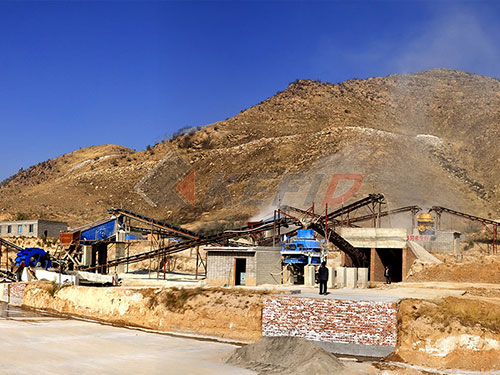Construction Of Dodge Jaw Crusher
The Ingenious Construction of the Dodge Jaw Crusher: A Pillar of Simplicity and Control
Within the rugged world of size reduction equipment, the Dodge Jaw Crusher stands as a distinct and historically significant design. While less common today than its Blake counterpart for primary crushing due to capacity limitations, its unique construction offers specific advantages in control and particle shape, making it invaluable in certain applications like laboratory work or secondary crushing circuits demanding uniform product size. Understanding its construction reveals a machine built on robust principles of leverage and fixed geometry.
Core Design Philosophy: Fixed Point Advantage
The defining characteristic of the Dodge crusher lies in its pivoting point. Unlike the Blake crusher where the swing jaw pivots at the top near the feed opening, the Dodge design pivots its movable jaw at the bottom. This seemingly simple inversion fundamentally alters the crushing action and machine construction:
1. The Frame: Foundation of Strength
Constructed from heavy-duty cast steel or fabricated steel plates welded together.

Designed to withstand immense compressive forces generated during crushing.
Houses bearings for both ends of the eccentric shaft.

Provides rigid mounting points for both jaws and associated hardware.
Often features integrated structural elements to support ancillary equipment like feeders or conveyors.
2. The Stationary Jaw (Fixed Jaw):
Rigidly bolted or keyed to the frame at its top.
Constructed from high-strength cast steel or heavy plate.
Fitted with replaceable liners made from abrasion-resistant manganese steel alloy to protect against wear from feed material.
Forms one side of the crushing chamber; its lower section is positioned directly opposite the pivot point of the movable jaw.
3. The Movable Jaw (Swing Jaw):
The heart of the Dodge mechanism.
Pivots on a sturdy hinge pin located at its bottom edge within bearings mounted on either side of the frame.
Also constructed from robust cast/fabricated steel with replaceable manganese steel liners on its working face.
Driven by an eccentric shaft acting near its top via connecting rods/toggles.
4. The Drive Mechanism: Eccentric Motion & Toggles
Eccentric Shaft: A hardened forged steel shaft running through large bearings mounted on each side frame wall near the top of the crusher chamber. The central section


